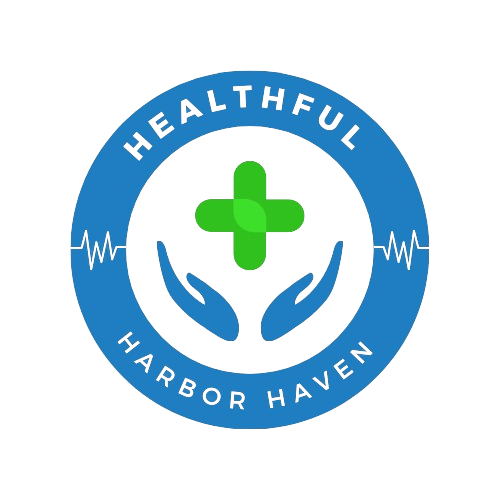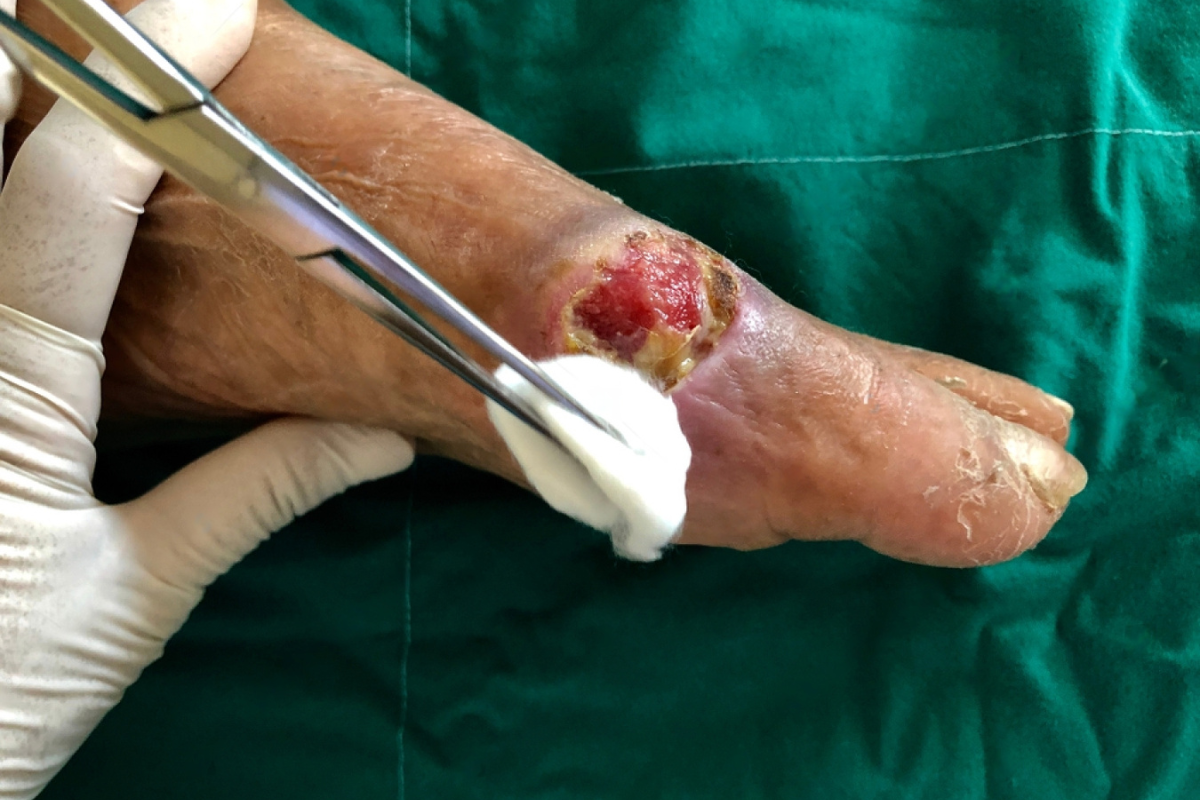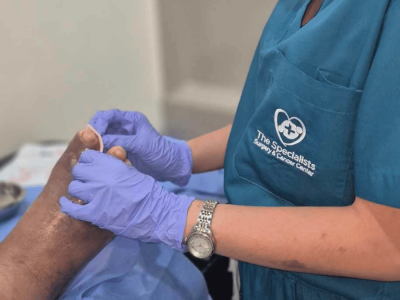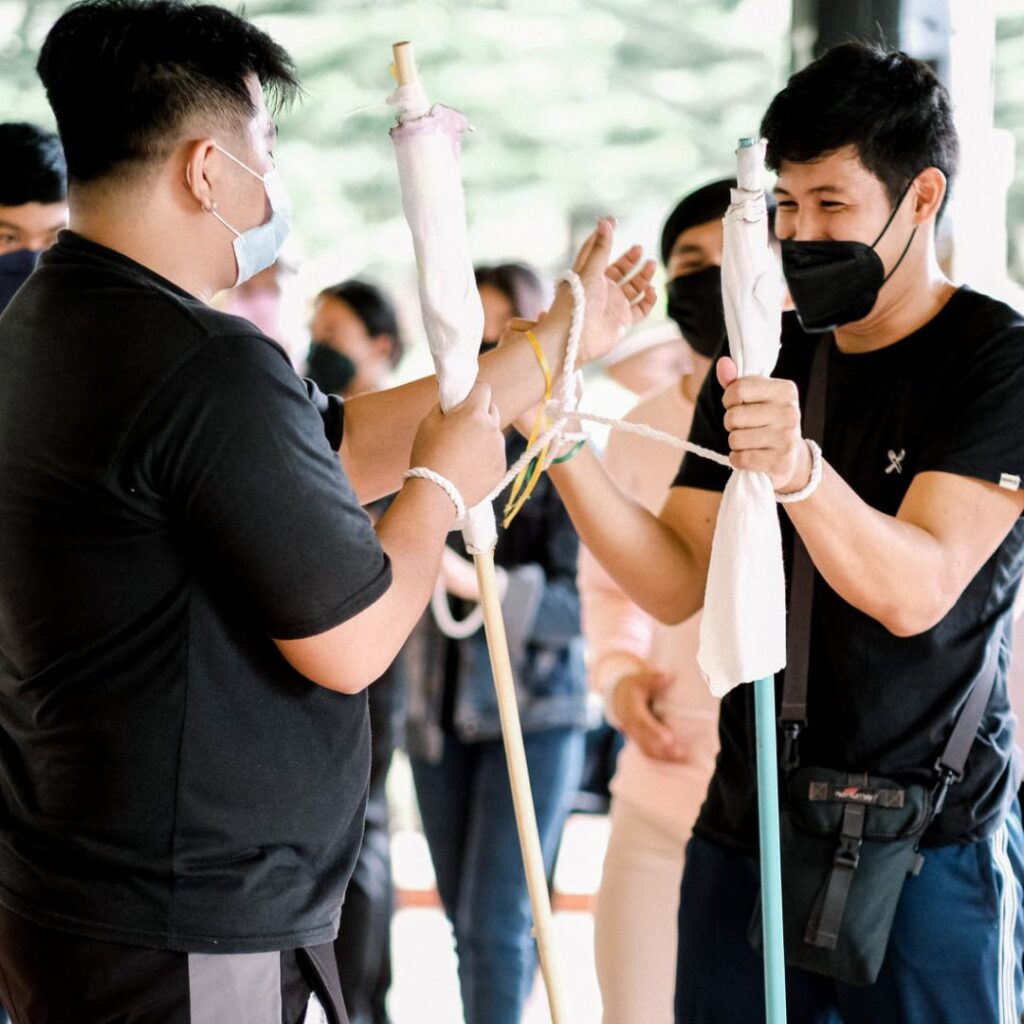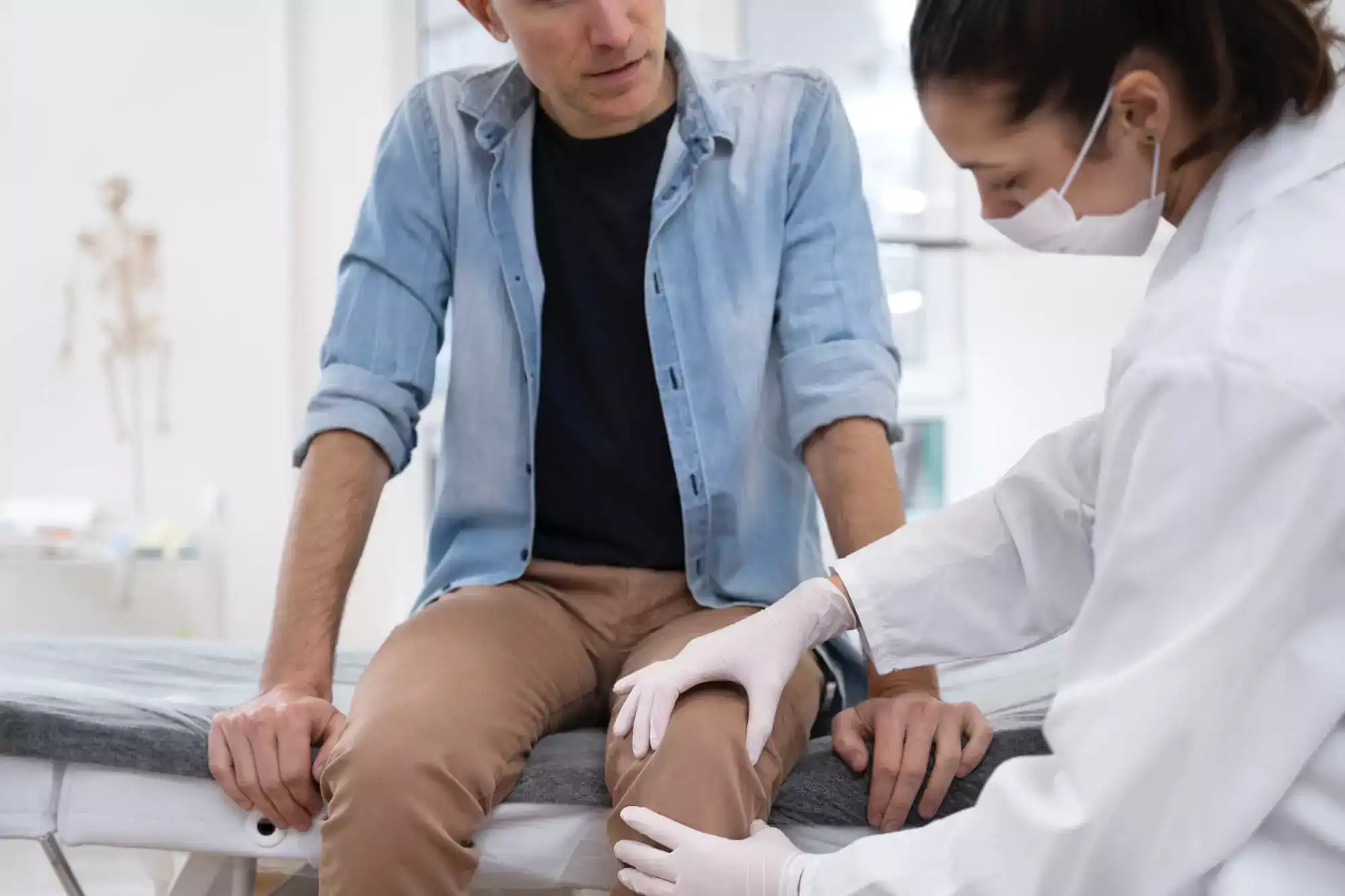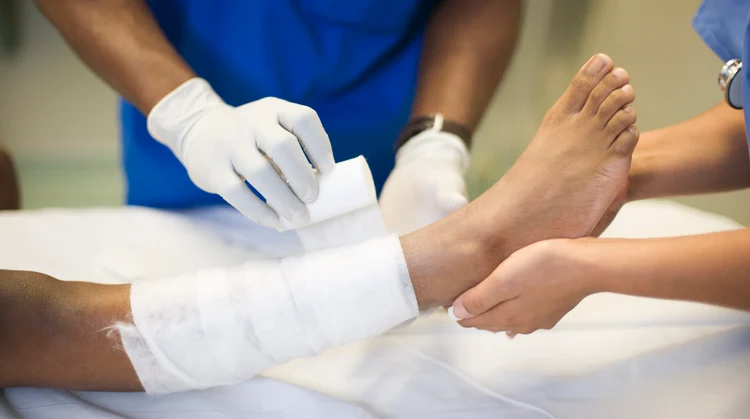Infected wounds pose a significant health risk, particularly for individuals with chronic conditions like diabetes. When left untreated, what starts as a small wound can rapidly progress into a serious infection that compromises mobility and overall health. This is where orthopedic treatment for infected wounds becomes a vital intervention—focusing not just on infection control but also on preserving tissue and restoring function.
What Are Infected Wounds and Why They Matter
An infected wound occurs when harmful bacteria invade an open skin lesion, ulcer, cut, or surgical site. Common causes include pressure sores, diabetic foot ulcers, puncture injuries, and surgical incisions that fail to heal properly. If not addressed promptly, infected wounds can lead to severe complications such as cellulitis, abscesses, osteomyelitis (bone infection), or even sepsis—a potentially fatal condition.
The challenge becomes more significant in high-risk patients, such as those with diabetes or peripheral artery disease, where blood circulation is impaired, and the immune response is weakened. Early diagnosis and comprehensive care are crucial to avoid long-term damage, making orthopedic treatment for infected wounds essential in many cases.
The Role of Orthopedic Specialists in Wound Care
Orthopedic specialists bring a unique perspective to wound management. Their primary focus is on the musculoskeletal system—bones, joints, muscles, and connective tissue—which are often involved or affected when a wound becomes infected. Unlike general wound care approaches, orthopedic treatment for infected wounds goes deeper by addressing structural issues, bone infections, and mobility limitations.
Orthopedic intervention may involve both surgical and non-surgical techniques, often requiring coordination with a broader medical team that includes vascular surgeons, endocrinologists, infectious disease specialists, and wound care nurses. This multidisciplinary approach ensures that all aspects of healing—from infection eradication to biomechanical correction—are addressed thoroughly.
Understanding Diabetic Foot Infections: A Common Case
One of the most frequent scenarios requiring orthopedic intervention is the infected diabetic foot wound. Diabetes affects circulation and nerve function, often resulting in loss of sensation in the feet (diabetic neuropathy). Patients may not notice a small cut or blister until it becomes infected. Due to high blood sugar levels, the body’s ability to heal is impaired, allowing infections to fester.
Typical symptoms of an infected diabetic foot wound include:
- Swelling and redness around the wound
- Foul-smelling discharge or pus
- Warmth or pain (if sensation is intact)
- Black or dead tissue (necrosis)
- Fever or chills in more advanced stages
Without prompt and specialized care, these infections can reach deeper tissues or bones, making orthopedic treatment for infected wounds not just helpful but often life-saving.
Key Components of Orthopedic Treatment for Infected Wounds
The orthopedic approach is systematic and evidence-based. Here are the key elements involved:
Accurate Diagnosis: The process often begins with imaging studies such as X-rays, MRI, or CT scans to determine whether the infection has spread to bones or joints. Lab cultures help identify the bacteria responsible for the infection, guiding targeted antibiotic therapy.
Debridement and Surgical Care: Debridement involves removing dead or infected tissue to promote healthy healing. In more severe cases, surgical intervention may be required to drain abscesses or remove infected bone—a procedure known as partial resection.
Infection Control: A tailored regimen of antibiotics, both oral and intravenous, is critical in managing bacterial load. Antiseptic dressings, negative pressure wound therapy (wound vac), and other topical agents are also used to maintain a clean healing environment.
Pressure Relief and Offloading: To prevent further damage and promote healing, orthopedists often prescribe custom footwear, orthotics, or total contact casting. These devices redistribute weight away from the wound, minimizing trauma and allowing tissue to regenerate.
Physical Rehabilitation: Rehabilitation plays a crucial role in restoring function and mobility. After infection control, patients often require physical therapy to regain strength and balance—especially if surgery or immobilization was involved.
Tec Orthopedics’ Approach to Healing and Recovery
At Tec Orthopedics, patients receive advanced care specifically tailored to the needs of those suffering from infected diabetic foot wounds and other complex wound types. The clinic emphasizes infection management, tissue preservation, and functional mobility.
By using modern orthopedic techniques and a team-based treatment model, Tec Orthopedics delivers outcomes that go beyond wound closure. The goal is to help patients walk again, avoid future complications, and regain confidence in their daily lives. Their personalized approach ensures each case is evaluated holistically, taking into account not just the wound but the patient’s overall mobility, comorbidities, and lifestyle.
Benefits of Early Orthopedic Intervention
The earlier the orthopedic team becomes involved in wound care, the better the outcomes. Here’s why:
- Infection Control: Early orthopedic care can stop the spread of infection before it reaches deep tissues or bones.
- Tissue Preservation: Timely debridement and offloading reduce the risk of necrosis or amputation.
- Fewer Surgeries: Early intervention often avoids the need for extensive reconstructive surgeries.
- Improved Mobility: Structural and biomechanical corrections enhance walking ability and prevent falls.
- Better Quality of Life: Patients can return to work or enjoy daily activities without the burden of chronic wounds.
Orthopedic treatment for infected wounds helps bridge the gap between wound care and long-term recovery, making it a proactive solution rather than a last resort.
When to See an Orthopedic Doctor for a Wound
If a wound is not healing within two weeks—or appears red, swollen, and painful—it’s time to seek expert care. Other signs that warrant orthopedic evaluation include:
- Pus or fluid drainage
- Odor from the wound
- Black or necrotic tissue
- Fever or body chills
- Difficulty walking or bearing weight
Before your visit, take note of how long the wound has been present, what treatments have been tried, and whether you have any underlying conditions like diabetes or vascular disease.
How to Prevent Future Infected Wounds
While treatment is crucial, prevention remains the best defense. Here are expert tips for avoiding infected wounds, particularly for high-risk patients:
Daily Foot Inspections: Check your feet for blisters, cuts, or pressure sores—especially if you have reduced sensation due to neuropathy.
Proper Footwear: Wear supportive, well-fitted shoes. Avoid going barefoot, even indoors.
Blood Sugar Control: If you’re diabetic, keeping your glucose levels in check is one of the most effective ways to promote healing and prevent infections.
Regular Checkups: Schedule periodic visits with your orthopedic doctor or podiatrist, especially if you’ve had wound issues in the past.
Nutrition and Hydration: A healthy diet supports tissue regeneration and boosts your immune response.
Takeaway
Orthopedic treatment for infected wounds offers more than just wound closure—it delivers a pathway to recovery, mobility, and long-term well-being. Whether you’re managing a diabetic foot ulcer or a post-surgical infection, early orthopedic intervention can make all the difference.
Tec Orthopedics is committed to helping patients heal while preserving function and independence. If you or a loved one is struggling with a chronic or infected wound, schedule a consultation today. Healing begins with the right team and the right treatment.
